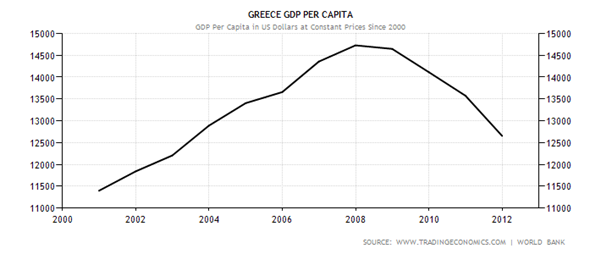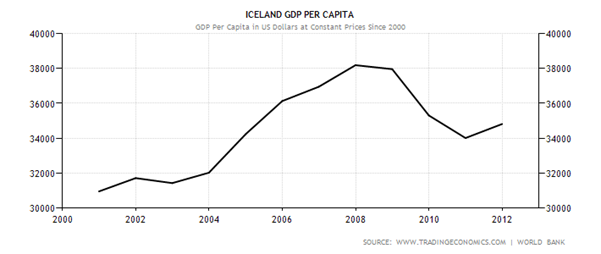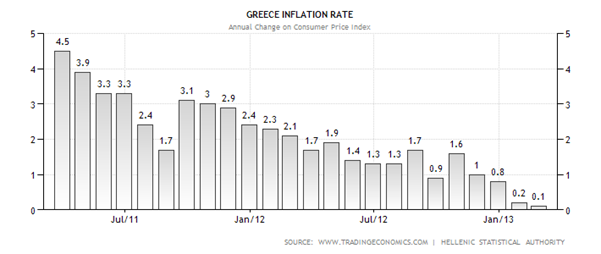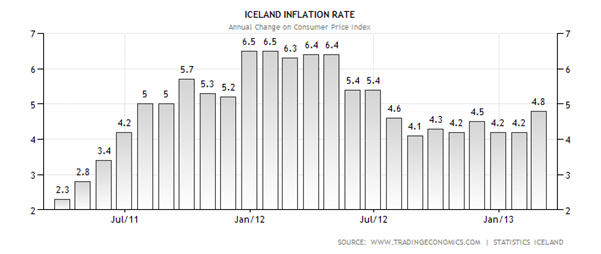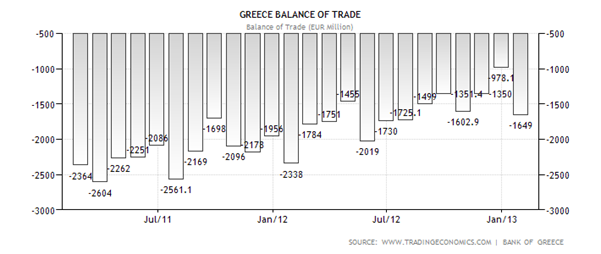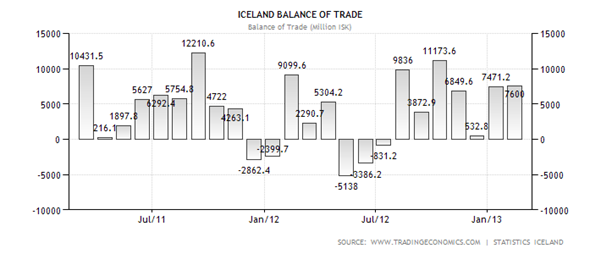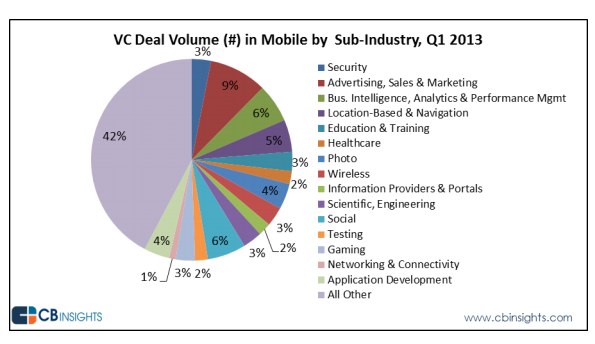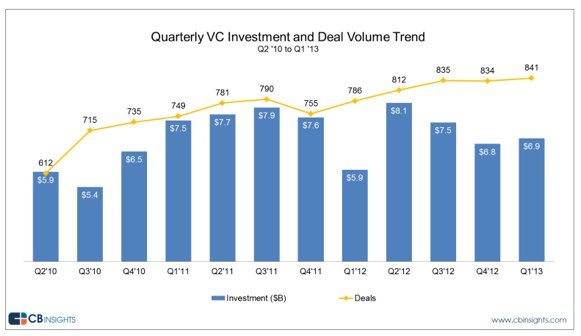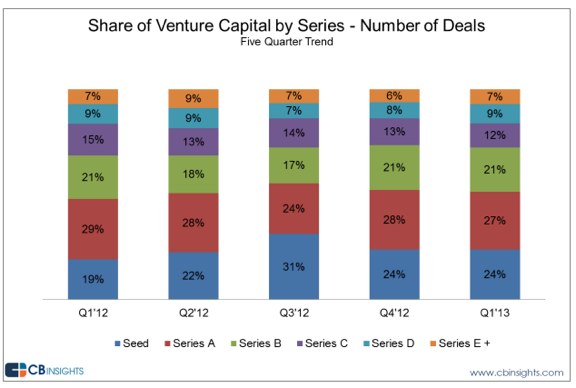“The premium in America has shifted from truth to self-serving distortion, and from trust to manipulation.
The premium we place on truth and trustworthiness is self-evident. Truth is uniquely productive feedback from the real world. Truth (including factual data) is indispensable, for it alone enables us to correct errors, learn from mistakes and improve our effectiveness and communication.
We pay a premium for trust because the cost of dishonesty and artifice is steep.Would you pay more to buy a used car from someone you trust? If you place no premium on trustworthiness, then you buy the “great deal” used car you found online: oops, the “new” battery was spray-painted black, the crankcase leaks, the engine is shot and doesn’t pass smog, and the certificate of ownership is forged.
The premium on truth and trust is eroding under the constant onslaught of officially manipulated data and markets, and a vast array of distortions and propaganda designed to serve the interests of ruling Elites and key constituencies.
We all know the negative premium placed on fact: telling the truth will get you fired. And not just in the corporate world: politicians from the President on down all worship at the altar of the carefully distorted unemployment rate.
The officially sanctioned lying and manipulation are now shameless. Never mind that millions of people have become statistical phantoms (i.e. not in the workforce) to generate that low rate, and college graduates working 3 hours a day (if they’re called in at all) are gleefully counted as employed, as if there is no difference between a full-time job and a marginal one.
President Obama is touting rising auto sales as proof of the “recovery” (and implicitly, of his wise stewardship), studiously avoiding the fact that these stupendous auto sales are the result of offering low-interest rate auto loans to marginal borrowers with near-zero collateral (i.e. skin in the game).
How did blowing a credit bubble and securitizing the debt turn out last time?
Never mind: here we go again. Via Doug Nolan at Prudent Bear:
Springleaf Finance Corp., the lender to borrowers with poor or limited credit, sold $604 million of bonds last month backed by personal loans secured by household goods from furniture to electronics, its first such deal. Demand for riskier asset-backed bonds has grown as the Federal Reserve holds its benchmark interest rate at almost zero for a fifth year. Sales of securities linked to subprime auto loans doubled to $4 billion in January from a year earlier.
Manipulation and carefully crafted distortion erode trust, not just in the individuals employed to repeat the lies but in the institutions that issue them. The ruthless pursuit of self-interest is now the norm; truth is a terribly risky disruptor that must be hidden, masked or countered with plausible lies.
As a nation, we’re like the obese person who looks at himself in the mirror and sees his body as normal–the distortion of truth is so complete that we literally no longer recognize reality. Untruth no longer arouses any moral indignation; we are either too jaded to care, or our moral compass now spins aimlessly from one manipulation to the next.
There can be no trust if there is no truth. How can we trust people who lie to us constantly, who issue one self-serving justification after another for their own parasitic predation? We cannot. How can we trust institutions whose credibility now rests on the continuation of lies that are so embedded in our financial sector and State that their collapse will bring down the entire house-of-cards debtocracy? We cannot.
The premium in America has shifted from truth to self-serving distortion, and from trust to manipulation. This spiritual and moral rot will end gloriously, have no doubt, for the stock market’s permanent ascendancy dissolves all other narratives. ….”
Full article
Comments »


